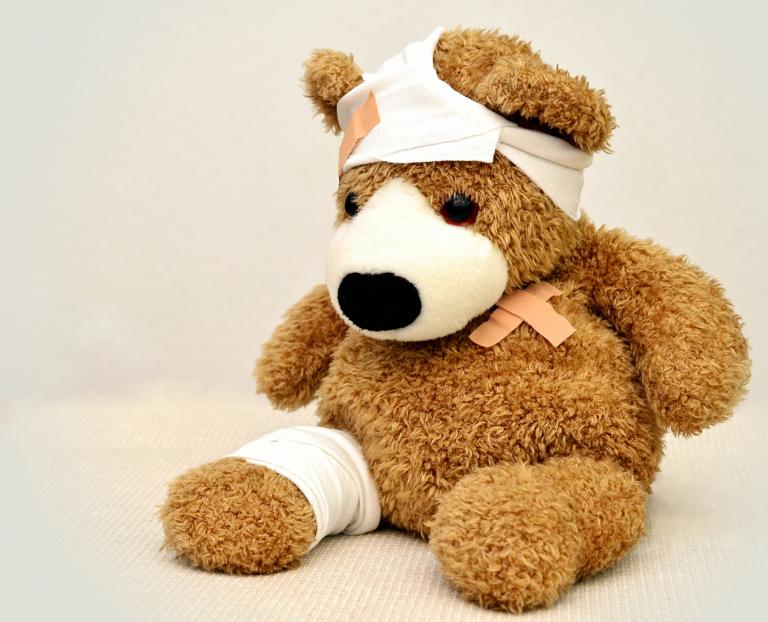Every day we feel some semblance of pain. From agony, torture and tragedy to discomfort, unfamiliarity, and annoyance, the practical reality of pain covers a wide spectrum of experiences.
It also covers a vast spectrum in terms of value. Some pain is just plain evil. It is the opposite of good, a force working to subvert us away from the best we can be. But some pain is not only tolerable but valuable for the journey we are on – paving the way for perseverance, teaching and stretching us into new perspectives, or helping us discover what matters most.
So what are we to do about pain when it covers such a vast spectrum that is, frankly, sometimes difficult to discern? How should we think about pain? What should we do when we face it?
Growing Pains and Destroying Pains
Generally speaking, there are two kinds of pain – two categories. This is not an exhaustive analysis of suffering, but one of many potential distinctions. We think it is an important one because it helps us to discern our pain and respond accordingly.
The two types of pain are the kind that actively spur you toward your vision and the kind that actively work to drive you away.

For example, annoyances are generally something that help move us toward our vision. They stretch us and make us ask questions without really putting us in much danger, which invites us to be more self-aware. When we say pain helps toward your vision, we do not mean you are going to like it. It still hurts. But it is actively inviting you to persevere and/or to change the way you perceive/accept reality for what it is worth.
On the other hand, there are things like oppression and violence that are offering a kind of pain that separates us from our vision. This is the kind of thing that needs to be dispelled, cast off, and condemned. We are afraid of pain for a good reason – safety and security are necessary to establish a foundation on which we can chase our vision.
Discerning The Difference
The challenge for us is to determine exactly which of these kinds of pain we are facing. The difficulty is they often feel the same; there is very little discernible difference in how our emotions react to either. And to make matters even more challenging, there is the fact that our active pain can be used (by us/our choices) negatively and our evil pains can be redeemed (by our responses/our choices) toward the exact good they intended to harm. And so, it is increasingly difficult to tell if the pain itself is destructive or if our response to the initial pain is leading to destruction (and vice versa).
We live in a world that teaches that all pain is evil. We are increasingly partisan, isolated, and vengeful because we assume the posture that every instance of pain is the same and needs to be dealt with in the same manner.

The reason discerning which kind of pain we are facing is important is because it sets us up to better decide what to do next. The fundamental question in circumstances of pain (across the spectrum) is: should I quit or should I persevere? You should quit an abusive relationship, for example. But you should persevere if your coworkers are in conflict because you disagree on cleaning habits. There is a lot of grey area in between, but the basic approach is the same – is this tenable or not?
We should never seek out pain, as some do. We should never try to induce pain. Yet, we have to accept the inevitability of suffering – it is a part of the human journey, the result of not being God.
The best we can do concerning pain is to discern where it is coming from (which kind it is) and see it as an opportunity (no matter which kind it is). Our choices cannot negate or eclipse our pain, but they can transform it into a valuable part of our journey.












